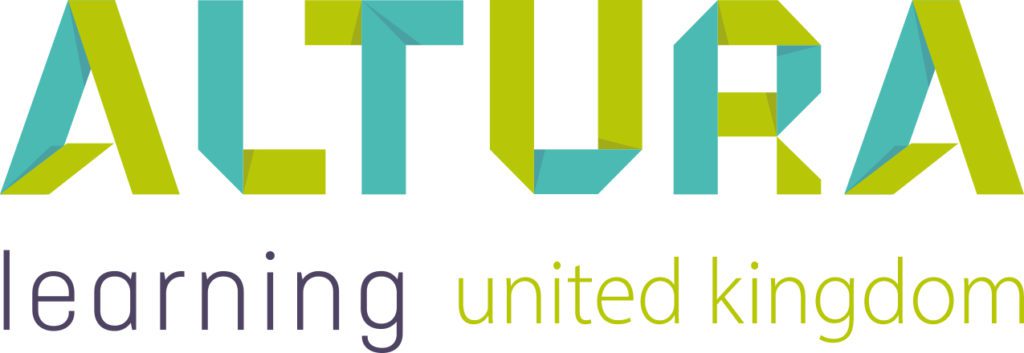Home | Altura Blog |
Abuse & Missing Persons: An Overview
July 23, 2019 | Altura Blog
Topic:
h
It’s estimated that 1 in 6 older people will be the victim of elder abuse and that figure is predicted to rise as the proportion of older people increases.* Abuse may be perpetrated by family, friends or carers and can cause substantial physical and psychological harm to the older person.
Altura Learning has produced this course to empower people who work in a residential care setting to recognise the different types of abuse and how to respond if they feel a person is being abused.
In the course we present the most common types of abuse through scenarios to engage staff and also to support their learning with the types of occurrences they may encounter.
As always, the course is supported by a suite of learning resources. Our Essential Assessment ensures that staff are able to demonstrate that they understand the information presented and our more advanced assessments indicate if staff can extrapolate the knowledge gained from the course and apply it in real work situations.
During the video you’ll notice that we refer learners to the learning resources with the following graphic on the screen:
For members who access our courses via Bridge, you will find additional informational slides with the course.
If you access our courses via the content portal or utilise the PDF versions of our learning resources, you’ll notice that we have included additional notes that contain further information to provide to your staff.
How to access this course
Content Portal Members: If you currently access our courses via the content portal, you will notice that we have updated the portal page for Elder Abuse, Missing Persons and Compulsory Reporting for Australia or Elder Abuse and Missing Persons for New Zealand with this new course. The old course is still available to access via the portal.
Bridge Members: If you currently access our courses via Bridge, you will notice that we have updated the Bridge shell for Elder Abuse, Missing Persons and Compulsory Reporting for Australia or Elder Abuse and Missing Persons for New Zealand with this new course so you don’t lose your current enrolments. The older course is still available in Bridge in case you need to access it.
NEW : Notify your staff and promote this course at your facility by customising & printing the promotional poster. Download here.
* http://www.who.int/mediacentre/factsheets/fs357/en/
Tips:
- Did you know that 1 in 6 will be victims of elder abuse
http://www.who.int/mediacentre/factsheets/fs357/en/ - Elder Abuse is against the law
- AUS only – the new Aged Care Quality Standards have not changed the reporting requirements of aged care organisations
- AUS ONLY It is mandatory to report Reportable Assaults in most cases to the Department of Health and the Police.
Program Aim:
Vulnerable people are at risk of being subjected to a range of abuses. This course explores the nature of elder abuse and strategies to prevent, recognise and respond to abuse, including compulsory reporting. Identify the legislation around missing persons and compliance requirements.
Learning Outcomes:
- Identify the various types of elder abuse and how staff can recognise it.
- Understand the nature of staff roles and responsibilities if elder abuse is suspected
- Describe the compulsory reporting process and the responsibilities this process places upon all staff. (AUS ONLY)
- Identify the response procedures to follow when a person is missing.
Course name: Abuse & Missing Persons: An Overview
Course Code: AOC17027
Country: AU and NZ
ResHC: Residential
Target Audience: RN, EN, Care Workers, Management
Expert/s: Eileen Webb
Go to our Digital Course Library to find out more & watch the trailer:
Find out More
To find out more about this course please contact Altura Learning for assistance.




